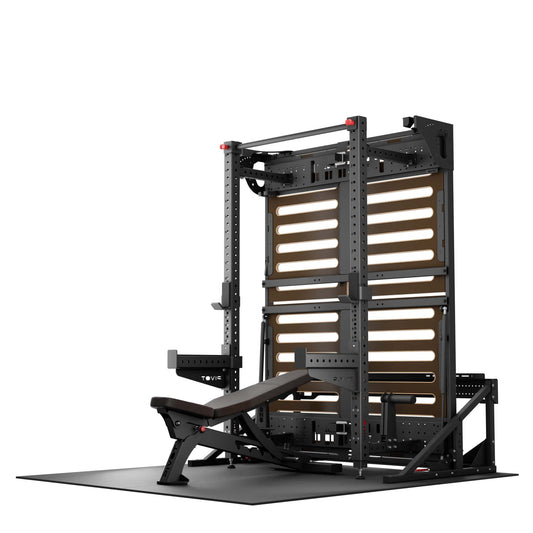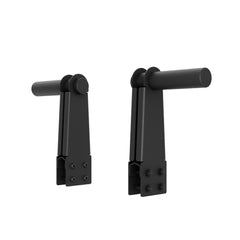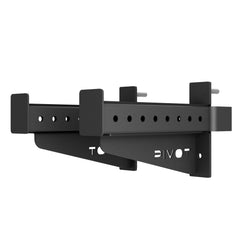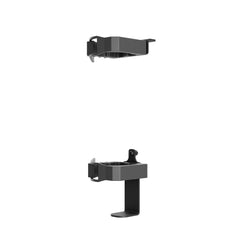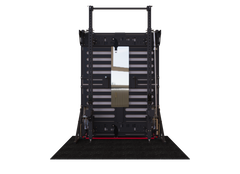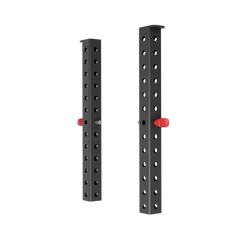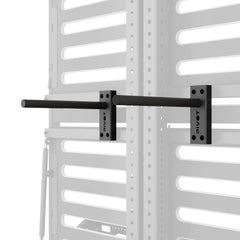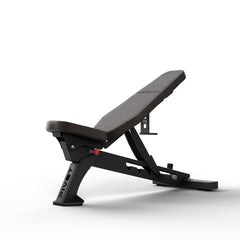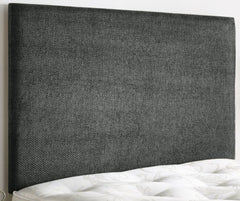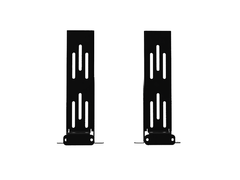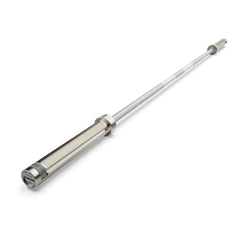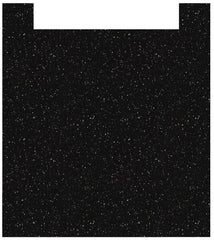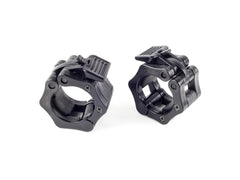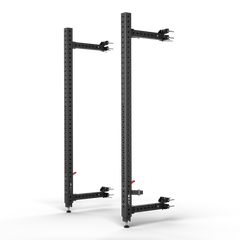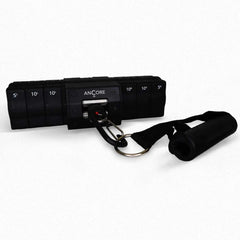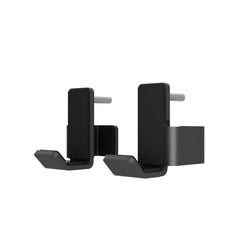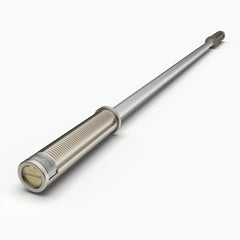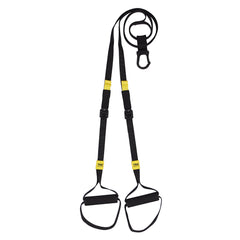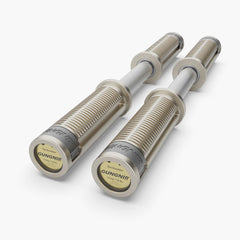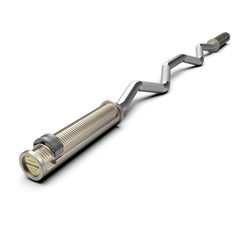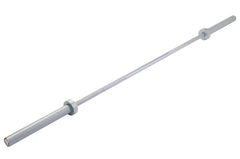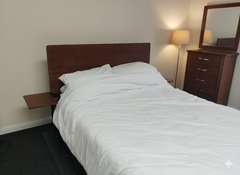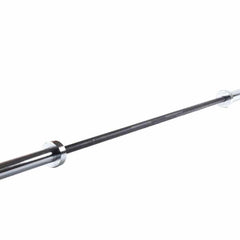
Strength training vs cardio for weight loss – What really works?
Share
For decades, “weight loss” meant cardio – long runs, spin classes, hours on the treadmill. Today, a more complete picture has emerged: lifting belongs at the centre of a smart fat-loss plan. Can we claim strength training is the most effective way to lose weight for everyone? Not quite. The most reliable results come from a blend of resistance training, aerobic work and nutrition – with lifting taking the lead because it preserves muscle, shapes how you look and supports long-term maintenance.
What the research actually says
Comparisons across exercise modes show that aerobic training and concurrent training (aerobic + resistance) often reduce absolute fat mass more than resistance training alone, while resistance training excels at preserving or increasing lean mass. That means better body composition even when the scale does not move dramatically. The practical takeaway is consistent: combine both, and let lifting protect muscle as you reduce body fat with activity and nutrition.
Why lifting should lead your plan
- Muscle retention and shape: dieting without lifting can cost muscle. Resistance training helps ensure more of the weight you lose is fat – the difference between looking smaller and looking leaner.
- Long-term maintenance: preserved muscle supports a higher resting energy expenditure and better insulin sensitivity – useful when you exit a deficit.
- Appetite and adherence: strength sessions are “chunkable” – 25 to 40 minutes with clear progression – so they fit busy weeks. When training lives at home in an elegant, always-ready footprint, adherence rises again.
- Joint-friendly progression: loads and ranges scale precisely, making it easier to train around old niggles and keep progressing through mid-life and beyond.
Where cardio fits – and why you should still do it
Cardio remains a winning tool for energy expenditure and heart health. A realistic fat-loss target is 150+ minutes per week of moderate-to-vigorous aerobic exercise. Walking, cycling, rowing, easy intervals – layer short, sustainable pieces across the week. When you pair cardio with lifting, you protect muscle while increasing total weekly expenditure – the exact blend that drives visible change.
A practical, strength-first weekly template
Use this as a starting point for eight weeks. Adjust volumes for recovery, sleep and schedule.
Three strength sessions (about 40 minutes each)
- Day A – Hinge • Push • Carry: Romanian deadlift, dumbbell press, suitcase carry
- Day B – Squat • Pull • Core: split squat, row or pulldown, anti-rotation press
- Day C – Total body: trap-bar or kettlebell deadlift, horizontal press, single-arm row
Progression: add +2–5% load or 1–2 reps per set when all sets feel solid.
Two to four cardio blocks (total 90–150 minutes)
- Options: brisk incline walks, cycling, rowing or low-impact intervals
- Sprinkle 10–20 minute pieces where they fit – morning, lunch, evenings
Daily movement: aim for 7,000–10,000 steps on average – make walking your default transition between tasks.
Nutrition: modest, trackable energy deficit with adequate protein to support lean mass.
Why PIVOT amplifies a strength-first approach
Strength-first training works best when it is frictionless. PIVOT’s patented bed-to-gym system gives you commercial-grade stability in a space that respects your interiors – and it transitions in under a minute. Short windows become real sessions; adherence improves; results follow. If cables suit your program, remember:
- Strength Package – the foundation for serious lifts and daily training; add ANCORE Pro if you want cable resistance.
- Anti-Gravity – a dedicated configuration with ANCORE Pro included for precise, scalable cable training and core stability.
- The Full Monty – maximum versatility and accessories in one package; add ANCORE Pro if cable work is a priority.
Want a quick visual of the transformation and real-room photography? Visit the homepage.
Cardio vs strength – the fairest comparison
A common mistake is comparing a long cardio session with a short weights session and declaring cardio “better” because it burns more calories during the workout. Two correctives help:
- Training effect vs session effect: lifting protects muscle and enables higher total output tomorrow, next week and next month.
- Combined methods win: concurrent training typically beats any single modality for fat loss, while resistance training drives the favourable composition of that loss.
So while cardio may outrun lifting on pure calories per hour, lifting plus cardio outruns everything on results per month.
Two sample weeks with PIVOT
Week A – busy schedule
- Mon: Day A strength (25–35 min)
- Tue: 20-minute incline walk
- Thu: Day B strength (35–40 min)
- Sat: Day C strength (30–40 min) + 10-minute finisher ride
Week B – more time
- Mon: Day A strength (40 min) + 15-minute row
- Wed: Day B strength (40 min)
- Fri: Day C strength (40 min) + 20-minute incline walk
- Sun: 30-minute zone-2 cycle
Helpful links:
• Home / How it works: pvt.fit
• Packages: /collections/packages
• Strength Package: /products/strength-package
• Anti-Gravity (ANCORE Pro included): /products/anti-gravity
• The Full Monty: /products/the-full-monty-package
Note: This article is informational – not medical advice. Always consult a clinician before starting or changing an exercise or nutrition program.
